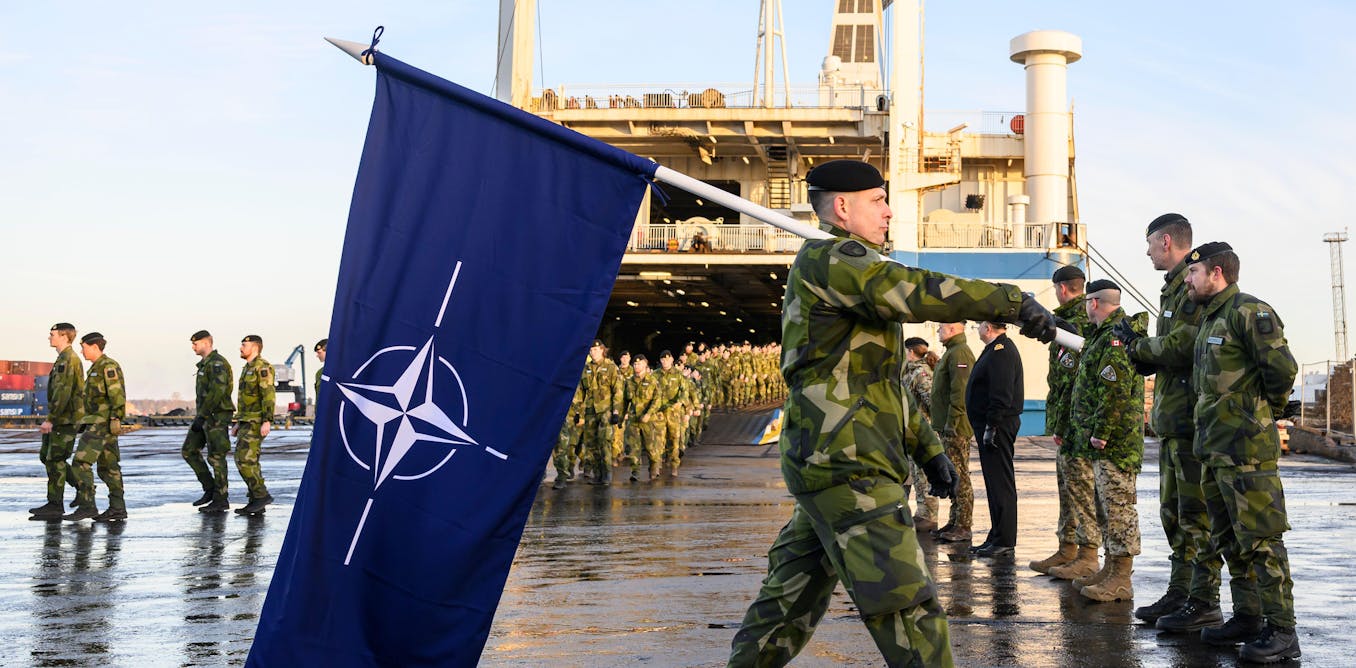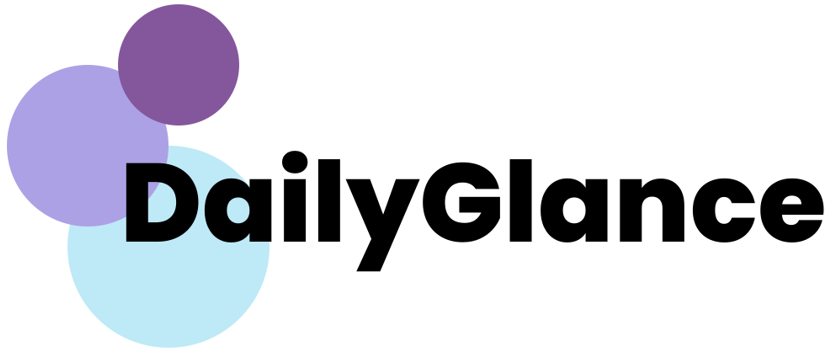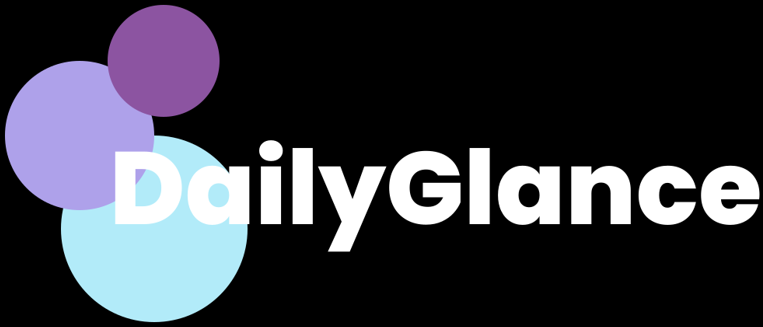Now Reading: Nato faces a make-or-break decision about how to protect Europe and its future in next few weeks
-
01
Nato faces a make-or-break decision about how to protect Europe and its future in next few weeks
Nato faces a make-or-break decision about how to protect Europe and its future in next few weeks

NATO is at a critical juncture in its history as it contemplates the upcoming summit in The Hague on June 24-25. The organization is deliberating on its reliance on US support and membership, the possibility of becoming a European-only entity, or even its future existence. This marks a significant shift for the intergovernmental body that plays a central role in European defense and security.
Recent developments have reshaped the landscape, with President Trump’s anti-NATO stance undermining the organization and its member countries, including Germany, France, Canada, Turkey, the UK, Sweden, and Norway. The Trump administration’s retreat into international isolationism has raised doubts about continued US backing for the alliance, underscoring NATO’s historical dependence on the United States.
The June 2025 summit holds immense importance as it presents an opportunity for NATO to undergo a comprehensive transformation or face potential obsolescence. The proposed plan is to reshape NATO into a Europe-focused endeavor, akin to the original Western European Union (WEU) established in 1954 under the Paris Agreements.
The US’s shifting stance towards NATO has triggered a reevaluation of the organization’s future. With calls for reduced US involvement, NATO must pivot towards greater European autonomy while maintaining a focus on European security. The upcoming summit aims to address key issues such as defense spending commitments, governance restructuring, and responses to current security challenges.
While some view a Europe-centric approach as a chance to redefine NATO’s role, others caution that severing US ties could leave the organization vulnerable. Balancing European capabilities within NATO is seen as a pragmatic alternative to scrapping the alliance entirely and risking security cooperation in Europe.
In conclusion, NATO faces a pivotal moment as it seeks to adapt to changing geopolitical dynamics and chart a sustainable path forward amidst uncertainties surrounding US commitment.



